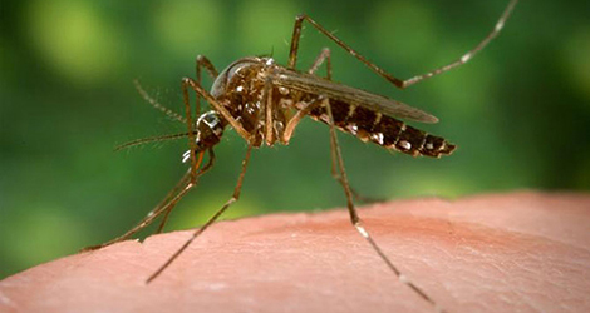
Tip on Yellow Fever
Yellow fever is a serious, potentially deadly flu-like disease spread by Aedes aegypti mosquitoes, which also transmit dengue and Zika viruses.
It’s characterized by a high fever and jaundice. Jaundice is yellowing of the skin and eyes, which is why this disease is called yellow fever.
Advertisement
This disease is most prevalent in certain parts of Africa and South America.
It isn’t curable, but you can prevent it with the yellow fever vaccine.
Recognizing the symptoms of yellow fever
Yellow fever develops quickly, with symptoms occurring 3 to 6 days after exposure. The initial symptoms of the infection are similar to those of the influenza virus. They include:
headaches
muscle aches
joint aches
chills
fever
Acute phase
This phase usually lasts for 3 to 4 days. Common symptoms include:
headaches
muscle aches
joint aches
a fever
flushing
a loss of appetite
shivers
backaches
After the acute phase is over, symptoms will begin to go away. Many people recover from yellow fever at this stage, but some people will develop a more serious version of this condition.
Toxic phase
The symptoms that you experienced in the acute phase may disappear for up to 24 hours. Then, those symptoms may return, along with new and more serious symptoms. These include:
decreased urination
abdominal pain
vomiting (sometimes with blood)
heart rhythm problems
seizures
delirium
bleeding from the nose, mouth, and eyes
This phase of the disease is often fatal, but only 15 per cent of people with yellow fever enter this phase.
What causes yellow fever?
Yellow fever virus (or flavivirus) causes yellow fever, and it’s transmitted when an infected mosquito bites you. Mosquitoes become infected with the virus when they bite a human or monkey with the virus. The disease can’t be spread from one person to another.
Mosquitoes breed in tropical rainforests, humid, and semi-humid environments, as well as around bodies of still water.
Increased contact between humans and infected mosquitoes, particularly in areas where people haven’t been vaccinated for yellow fever, can create small-scale epidemics.
Who is at risk for yellow fever?
Those who haven’t been vaccinated for yellow fever and who live in areas populated by infected mosquitoes are at risk.
According to the World Health Organization (WHO), an estimated 200,000 people get the infection each year.
Most cases occur in 32 countries in Africa, including Rwanda and Sierra Leone, and in 13 countries in Latin America, including:
Bolivia
Brazil
Colombia
Ecuador
Peru
How is yellow fever diagnosed?
See your doctor right away if you’ve been traveling recently and you experience flu-like symptoms.
Your doctor will ask you about the symptoms you’ve been experiencing and if you’ve traveled recently. If your doctor suspects that you have yellow fever, they’ll order a blood test.
Your blood sample will be analyzed for the presence of the virus or for the antibodies meant to fight the virus.
How is yellow fever treated?
There’s no cure for yellow fever. Treatment involves managing symptoms and assisting your immune system in fighting off the infection by:
getting enough fluids, possibly through your veins
getting oxygen
maintaining a healthy blood pressure
getting blood transfusions
having dialysis if you experience kidney failure
getting treatment for other infections that may develop
What is the outlook for people with yellow fever?
The WHO estimates that 50 percent of people who develop severe symptoms of this condition will die. Older adults and those with compromised immune systems are most at risk for serious complications.
How is yellow fever prevented?
Vaccination is the only way to prevent yellow fever. The vaccine for yellow fever is given as a single shot. It contains a live, weakened version of the virus that helps your body create immunity.
The yellow fever 17D vaccine is among the most effective vaccines ever made. One shot lasts a lifetime.



